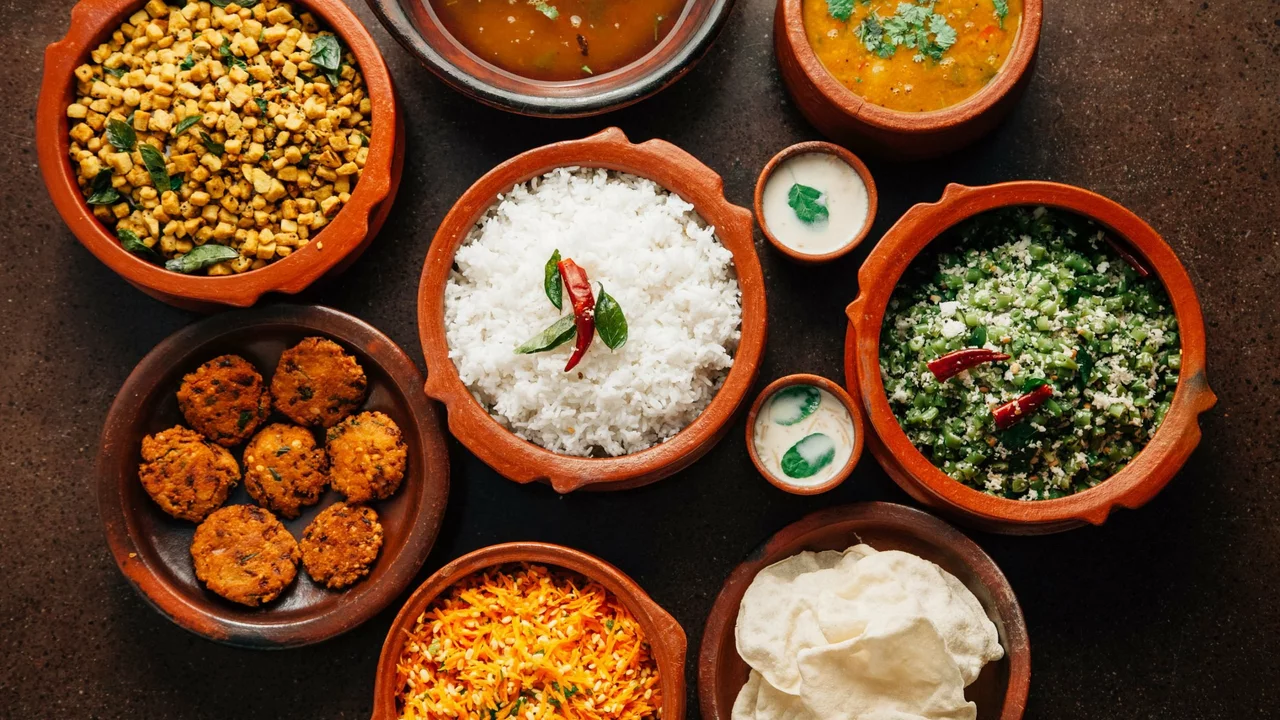The Intricacies of Indian Cuisine
Indian cuisine is as colorful and diverse as the country itself. Each region has its own unique flavors and cooking techniques, making Indian food a culinary journey of sorts. From the fiery curries of the North to the tangy rasams of the South, Indian food is a melange of flavors that tantalize your taste buds. But what sets Indian cuisine apart from the rest? It's the magical touch of spices that gives Indian food its distinct taste and aroma.
Spices: The Heart of Indian Cooking
Indian cooking is incomplete without the use of a variety of spices. Spices are not just ingredients in Indian cooking, they are the soul of the dish. A typical Indian kitchen shelf is lined with jars of colorful and aromatic spices, each with its own distinct flavor and medicinal properties. From turmeric, which gives a warm, earthy flavor and a beautiful golden color to dishes, to cardamom, with its sweet, floral notes; every spice has a unique role to play in a dish.
The Health Benefits of Spices
Spices are not just flavor enhancers, they also have numerous health benefits. Turmeric, for instance, is a powerful antiseptic and anti-inflammatory agent. Cumin aids digestion, while coriander has cooling properties. Spices like cinnamon and cardamom help control blood sugar levels. So, the use of spices in Indian cooking is not just for taste, but also for their health benefits.
The Art of Blending Spices
Indian cooking is not just about throwing in a bunch of spices into a dish. It's about understanding the flavors and aromas of each spice, and how they complement each other. The art of blending spices, or making a 'masala', is a skill that is passed down generations. The right blend of spices can elevate a simple dish to something extraordinary. It's this delicate balance of spices that makes Indian cuisine so special.
Spices and Regional Variations
What's interesting about Indian cuisine is the regional variations in the use of spices. While North Indian cuisine is known for its heavy use of spices and rich flavors, South Indian cuisine is characterized by the use of lighter, aromatic spices. The coastal regions use a lot of coconut and sea salt in their cooking, while the desert regions use dried spices and pickles. This diversity in the use of spices adds to the richness of Indian cuisine.
The Influence of Indian Spices on Global Cuisine
The influence of Indian spices is not just confined to India. Spices like turmeric, cumin, coriander, and cardamom are now widely used in global cuisine. From the curry powders of Japan to the spice blends of Middle Eastern cuisine, Indian spices have found their way into kitchens around the world. This is a testament to the universal appeal of Indian spices.
Conclusion: The Magic of Indian Spices
In conclusion, Indian food is truly incomplete without spices. They add depth and complexity to dishes, making them a feast for the senses. The use of spices in Indian cooking is an art form that has been perfected over centuries. And it's this mastery over spices that makes Indian cuisine one of the richest and most varied in the world. So, the next time you enjoy a plate of biryani or a bowl of curry, remember to appreciate the magic of Indian spices.
